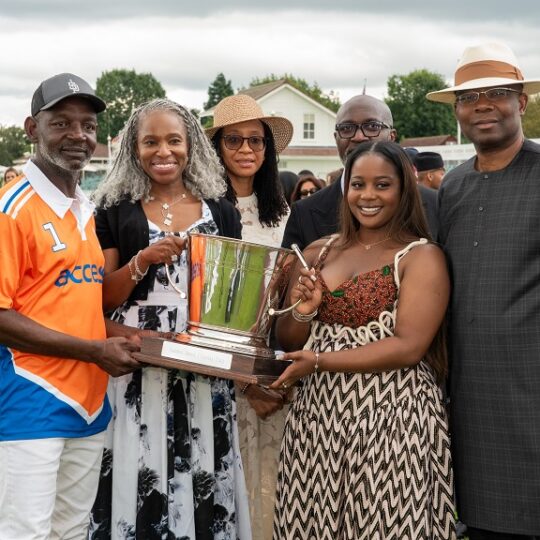
Tags :access:freessts:news:educationsstsn:Educationtag:African Americanstag:Colleges & Universitiestag:Coronavirus COVID-19tag:East Regiontag:Executive Branchtag:Governmenttag:Government Grantstag:HBCUstag:Ivy Leaguetag:Joe Bidentag:Loanstag:Morehouse Collegetag:Network trendingtag:Overall Neutraltag:People & Societytag:Politicstag:South Regional Content Sharingtag:Tom Vilsacktag:U.S. Department of Educationtag:U.S. Department of Transportationtype:story
add a comment













